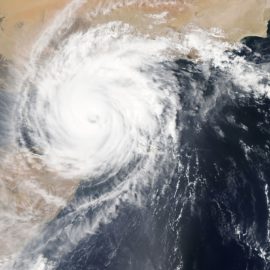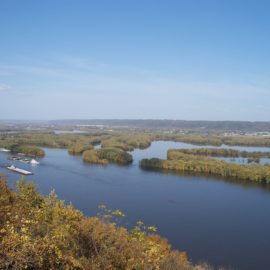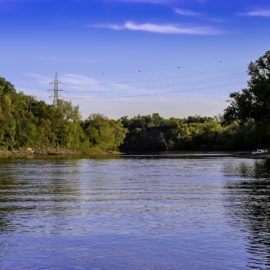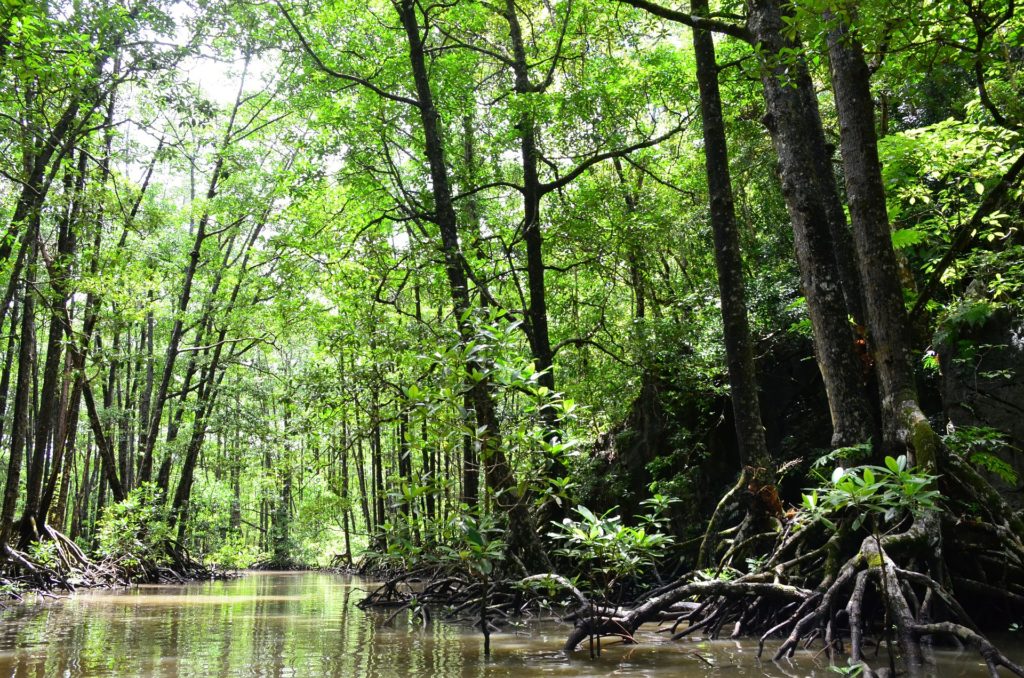
We lose one football field of ground every 100 minutes. We know this but do we know why? These are 6 reasons why.
Here are the main reasons Louisiana’s coast is disappearing and has become more susceptible to erosion and storms, and why projects like the Mid-Barataria Sediment Diversion plan to reverse some of the losses.
nola.com,
Levees and Jetties

The Mississippi River’s springtime floods plagued south Louisiana for two centuries until levees protected populated areas and jetties created stable channels for shipping. But the levees and jetties also cut off the flow of sediment-rich floodwaters that built and maintained coastal wetlands and marshes, which help protect from hurricanes.
The graphic shows this as, moving from the left to the right, you see the sediment back up and then after the jetty there is a definite loss of sediment.
Canals and Channels

Thousands of miles of weblike pipeline and navigation canals have destroyed some marshes and cut off others from natural water flow, opening them up to saltwater intrusion and erosion by boat traffic. Louisiana loses an acre of land, equivalent in size to one football field, every 100 minutes.
Subsidence

Soft sediment beneath Louisiana’s coast is sinking, as water and gases are squeezed out by the soil’s own weight and new sediment fails to replenish the loss. In New Orleans, already 6 feet below sea level, land is sinking an average of an inch every three years. At the mouth of the Mississippi, land is sinking as quickly as 4 feet every 100 years.
Salt Water Intrusion
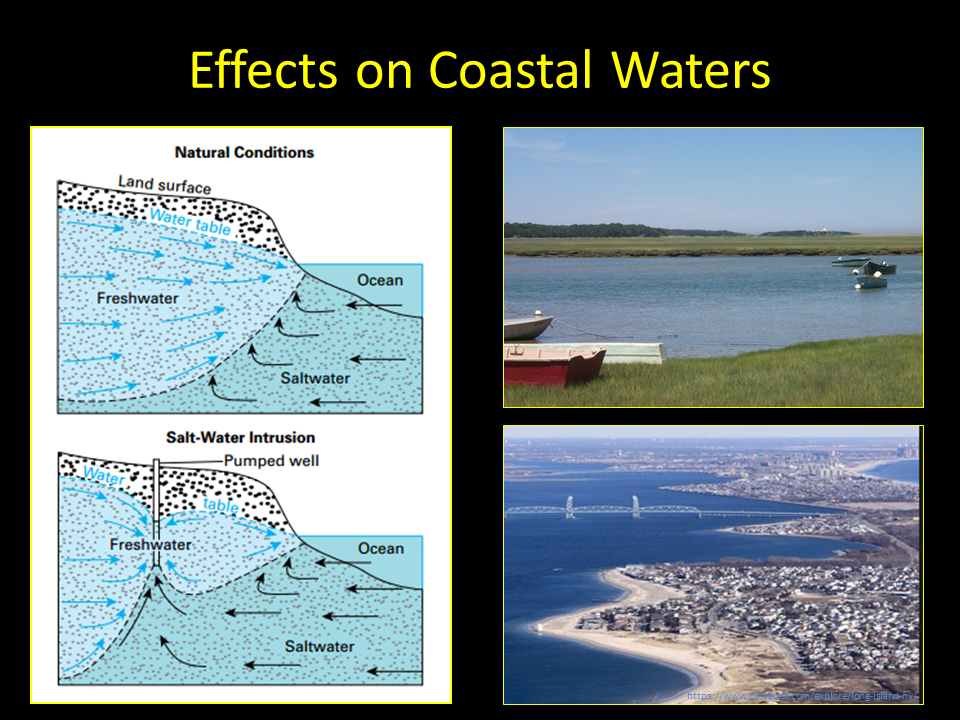
Salt water from the Gulf moves inland through canals and waterways, killing freshwater plants that can’t stand the salt. As the plants die, the soil their roots hold together is eroded.
Invasive species

The population of escaped beaverlike nutria, imported from Argentina in the early 1900s for the fur trade, has grown to the millions in south Louisiana. With few natural enemies, they eat marsh grass and roots, turning large areas into open water. Roseau scale, an invasive insect pest from China, suck the sap from 8-foot-tall roseau cane, killing the plants and exposing marsh soils to erosion.
Sea Level Rise
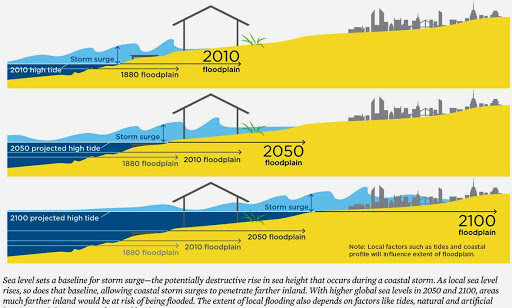
Scientists say human-driven global warming fueled by greenhouse gases will cause the Gulf of Mexico to rise by as much as 5 feet along Louisiana’s coast by 2100, flooding out hundreds of square miles of wetlands and marshes and causing more frequent flooding that could displace some populated areas.
These are 6 reasons we are losing the land to the Gulf and other places to oceans. Our loss cannot be sustained if we want to keep south Louisiana.There are things we can do and hopefully they are starting as people are becoming aware of the problem.

